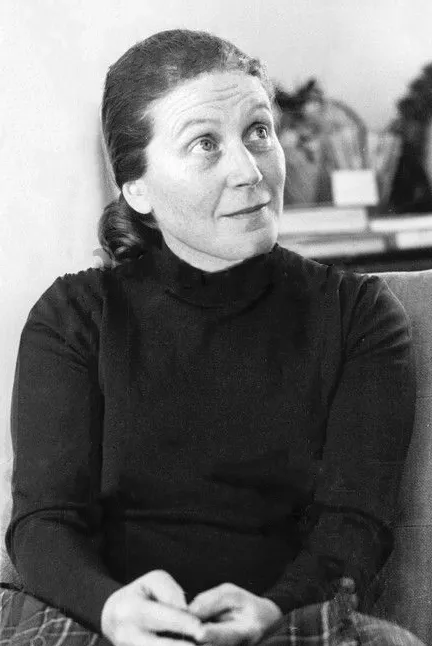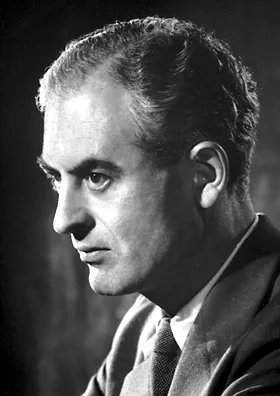
Birth Year: 1939
Full Name: Daniel C. Tsui
Nationality: Chinese-American
Profession: Physicist and Academic
Nobel Prize: Laureate
1939 – Daniel C. Tsui, Chinese-American physicist and academic, Nobel Prize laureate
In the bustling heart of Shanghai in 1939, a child named Daniel C. Tsui entered the world. Born into a family that valued education and intellect, young Daniel was immersed in an environment ripe with discussions of science and philosophy. As he played with his friends on the crowded streets, perhaps his imagination soared beyond the immediate surroundings dreaming of unraveling the mysteries of nature.
Fast forward to his teenage years: despite facing the tumultuous backdrop of World War II and its accompanying uncertainties, he found solace in academics. Ironically, as many peers succumbed to distractions brought by war's chaos, Daniel dug deeper into his studies. With each formula he scribbled on paper and each physics book he devoured, it became clear that this young boy was destined for greatness.
His journey took him across continents when his family moved to America after escaping political instability in China. Arriving at a new shore at such a young age must have been daunting; however, this transition ignited his passion further. Enrolling at Oberlin College for undergraduate studies might have seemed like just another stepping stone then but who knows? Perhaps those very years would be crucial in shaping his illustrious career as one of the leading physicists of his time.
The academic rigor at Oberlin honed not just Tsui's knowledge but also developed a deep appreciation for research a commitment that blossomed throughout graduate school at Columbia University. Here, surrounded by brilliant minds striving to unveil nature's secrets through experimentation and theoretical inquiry, Tsui thrived! His dissertation focused on solid-state physics a field teeming with possibilities and ripe for groundbreaking discoveries.
During this period in Columbia’s hallowed halls where scientific ideas collided like vibrant colors on an artist’s palette he began working under renowned physicist John Bardeen . This mentorship proved pivotal; however, even as Tsui learned from greats, he faced challenges inherent to being an Asian-American scientist during a time when few held such positions within elite academic circles.
Emerging from Columbia with Ph.D. in hand seemed promising... But securing a position was no walk in Central Park! His initial years spent navigating through lesser-known institutions could easily lead one to doubt their path; nevertheless, Tsui remained resolute!
This unwavering determination paid off dramatically when he joined Bell Labs a place synonymous with innovation and discovery during America’s post-war technological boom! Here amid groundbreaking work involving semiconductor technology who would have guessed? his destiny intertwined serendipitously with experimental physics leading him toward an unparalleled milestone: discovering what came to be known as “the fractional quantum Hall effect.”
The Discovery
Pioneering experiments revealed unusual behaviors exhibited by electrons confined within two-dimensional systems subjected to strong magnetic fields! Despite rigorous scientific debates swirling around theories surrounding these phenomena... it was ultimately Tsui’s meticulous attention to detail that unlocked new understanding about electron interactions! In essence the electrons acted strangely yet beautifully they formed incomprehensible structures almost reminiscent of abstract art!
Nobel Prize Laureate
By 1998 as accolades began accumulating like autumn leaves it culminated delightfully when Daniel C. Tsui received The Nobel Prize in Physics alongside Robert Laughlin and Horst Störmer for their revolutionary contributions related specifically to fractional quantum phenomena. Historians recount how this honor didn’t merely signify personal achievement but also represented broader recognition toward Asian-American scientists who’d long labored quietly beneath society’s radar.
A Legacy Etched Through Time
Yet perhaps more interestingly is how even after receiving such distinguished recognition the quiet humility remained ever-present within him… Reflected vividly during acceptance speeches where instead focusing solely upon himself he often emphasized collaboration among colleagues highlighting teamwork over individual brilliance...








